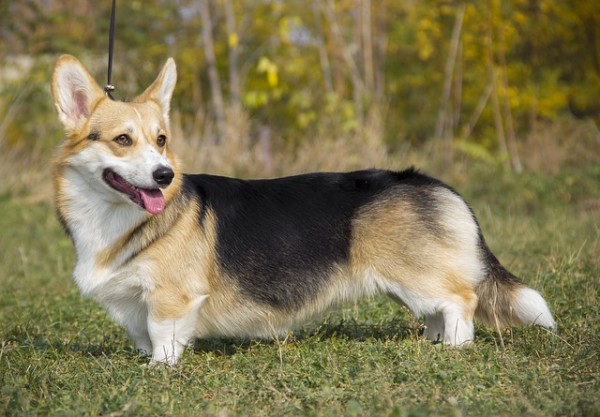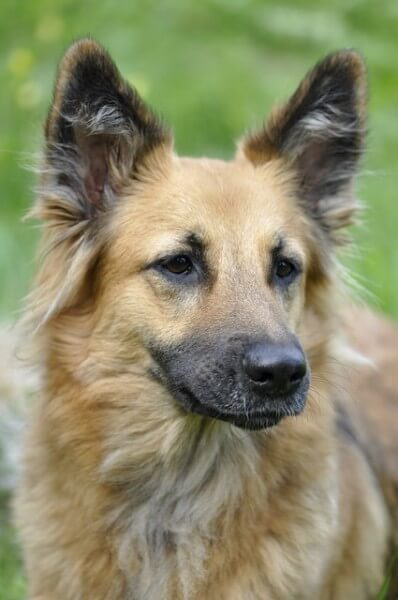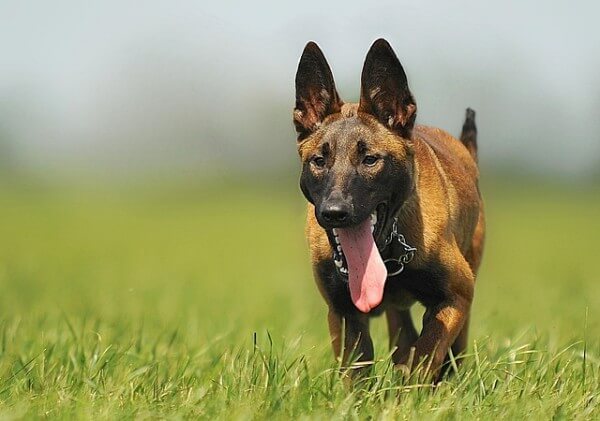One dog owner picks up the communication signals of the dog well and the other does not understand signals from the dog or finds it slightly less important. Still, there is certainly something in the argument that you can increase the dog’s well-being if you can “read the dog”. That is why it makes sense to consider what communication options the dog has in practice and what you should be aware of when communicating.
Communication with the dog, how does that work?
The starting point is that dogs are good communicators. Dogs can express what they think about something very emphatically, but they can also send very subtle signals. Subtle signals are unfortunately not always signaled. The dog’s communication mainly consists of body language, but also facial expressions, certain postures and sometimes the voice.
Understanding what your dog wants to say (without words, but especially with body language) is by no means unimportant. On the one hand, living together with the dog is facilitated and on the other hand the well-being of the dog is enhanced. It is also true that not every race has exactly the same body language. From the moment the dog lives with you, be alert to its expressions, then you really get to know your dog the fastest.
 Source: Taichiman87, Pixabay
Source: Taichiman87, Pixabay
What should you pay attention to?
To learn to understand your dog as an owner, it is important to look at the total communication picture of the dog. This means that you have to be alert to signals and sometimes even a combination of a number of signals, namely:
- What position does the dog adopt?
- How are the ears?
- How does the dog move its tail?
- What is the position of the head?
- Is the dog doing something with the mouth?
- Does the dog look at you and if so, in what way?
- If the dog makes a noise, what kind of noise is that?
Communication with different body parts
Observe your dog and learn what it wants to say with its body language.
Eyes
- A well-known one that most people have seen with a dog is looking away. Some people will translate it as submissive, but when a dog looks away from a situation, the dog is not happy with what it is experiencing in the immediate environment.
- If the dog is facing another (unknown) dog, it may mean that the tension between the dogs is removed if one of the dogs looks away. This does not mean that the dog is then necessarily submissive to the other dog.
- When a dog looks at you, it is a sign of confidence. The dog radiates courage. If the dog looks at you now and then, the dog is satisfied.
- If the human looks at the dog penetratingly, especially a strange dog, this can be experienced by the dog as intimidating. The dog often looks away, to take away any tension (as dogs also do this among themselves).
- If the pupils are large, the dog has fear. Unfortunately, this is not always visible if your dog has dark brown eyes.
 Source: Katja, Pixabay
Source: Katja, Pixabay
Mouth, tongue and nose
- If the dog taps the nose with the tongue, this is a form of concentration. He finds something exciting and in some cases the dog can also be a bit nervous. It can also mean that the dog is trying to understand and oversee something. To know the situation, it is important to combine this signal with other signals. Think of the tail, because a raised tail that does not move indicates an alert dog. In case of fear and stress, the tail will be more focused between the hind legs.
- The dog that yawns just before walking can thus raise the energy level. Yawning can also be a sign of nervousness in other situations. Again, it is about the combination of signals, such as the position of the tail.
- If the dog licks the lips emphatically, it means that there is some form of anxiety in the dog.
- A tongue sticking out several times (forward and sideways) may indicate discomfort. In this way the dog can calm itself down.
- If the dog pulls the lips back (often the teeth are partially visible) then the dog challenges you or gives a kind of warning. Especially if the dog also makes a growling sound.
- The dog pushing you with the nose ?? (usually against arms or legs) usually just wants some attention from you.
Ears
- The frightened dog has the ears flat at the back of the neck.
- Ears that are raised indicate an alert dog.
- Tilting the ears forward slightly can provoke aggression by the dog, but that is usually in combination with other expressions. Think of the lips pulled back and the (partly) visible of the teeth.
- When the ears are completely relaxed, the dog is calm and at ease.
Tail
The tail is also significant in the dog. Most people are familiar with the tail between the hind legs. It is also a saying, then there is anxiety and stress. If the tail is not between the hind legs, but it is pointed down, then there may be concern about an uncertain situation. The happy dog is wagging its tail and is excited. If the tail is up but not moving, the dog is usually alert and tries to keep an eye on the situation.
Communication by voice
The dog cannot talk, but it makes a sound. Every dog has its own sound. Sometimes loud and high or very low. Some dogs make a subdued sound.
Other expressions are, for example, alertness when the dog sees another dog. The guard dog starts barking when someone enters the yard (after all, he has to let the owner know that someone is coming). If you listen carefully, there is a difference in a friendly bark when your dog ‘greets’ another dog and barking when your dog is on guard.
There is also the soft growling or murmuring, if you do something that is not experienced as pleasant by the dog. In addition, a loud human voice is also intimidating for the dog. Try to speak in a respectful and unambiguous way. If the dog is focused on you and knows you well, it will be more likely to respond if you communicate respectfully and unambiguously. Certain sounds the dog will recognize and he will do his best to respond in the right way.
Attitude as a means of communication
The pose the dog takes can also tell you what the dog wants to say to you.
 Source: Nikiko, Pixabay
Source: Nikiko, Pixabay
Play
The dog can make it clear that it wants to play in various ways. A common way is with the rear up and the front legs flat in front of him on the ground. The dog, as it were, challenges the owner to play. If pawing is not a learned trick and the dog is giving you a paw, that could also be an invitation to play.
To cuddle or not
Cuddling is something human and not a dog. If you do this to the dog, most will allow it. But it certainly doesn’t mean the same for dogs as it does for humans. The dog is more likely to feel that you are imposing your dominance. Sometimes you notice that a dog recoils or wants to get away during a hug, that’s a clear signal that you should stop. It is unconsciously passive aggressive behavior on the part of the dog.
To draw attention
If the dog sits neatly in front of you, without having been taught this, then the dog usually wants to draw your attention to something. The dog is alert, follows your movements and hopes you pick up his signal. In most cases, the dog will continue to communicate once it has your attention.
In conclusion
The language?? Understanding the dog is important to the owner. In this way the owner can experience how the dog feels, whether something is desired or not and whether the dog wants something. The owner may then be able to take action. If you know how the dog experiences your behavior as a human, you can choose not to do something or do something different. This way you live in more harmony together.


















